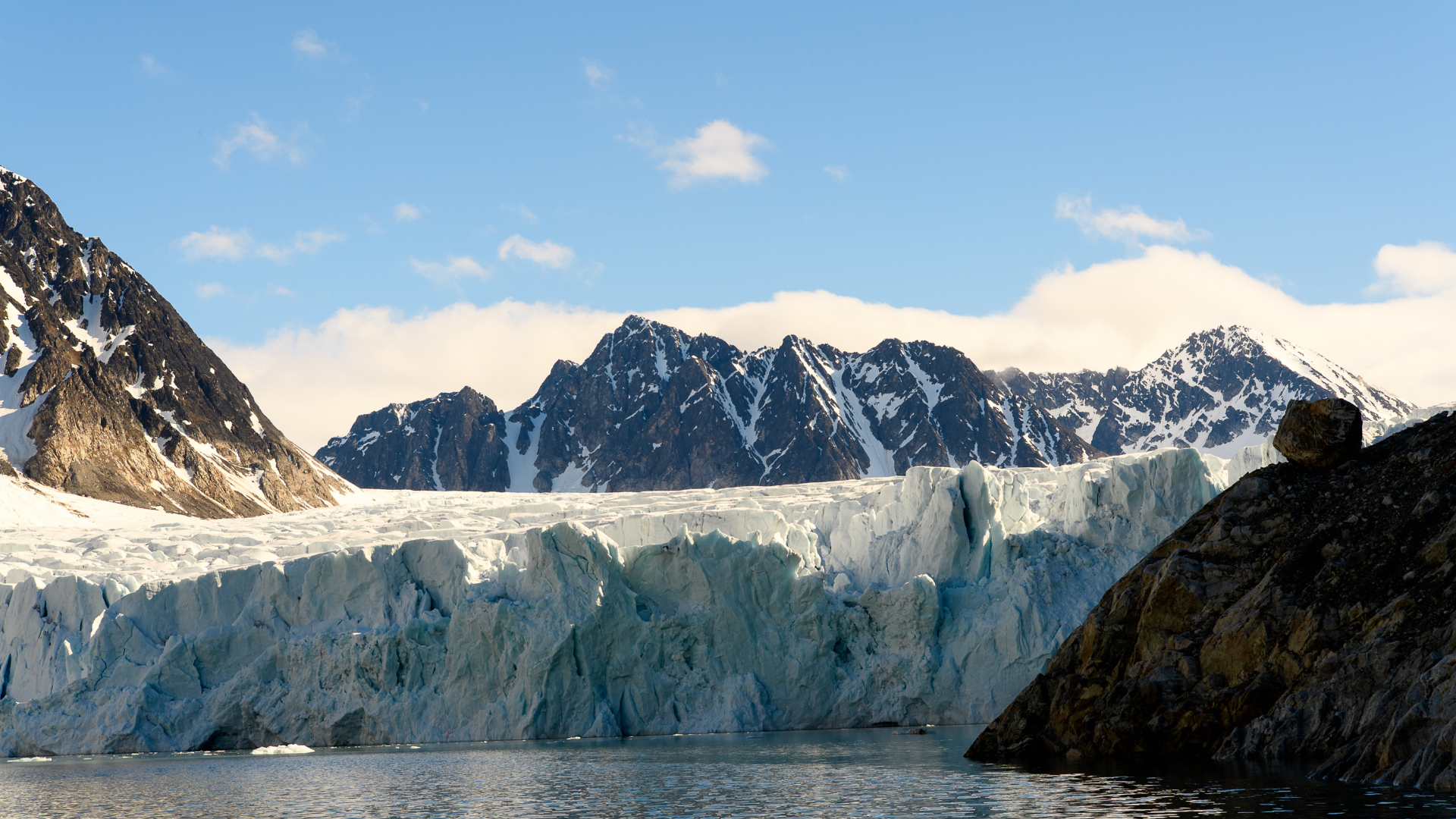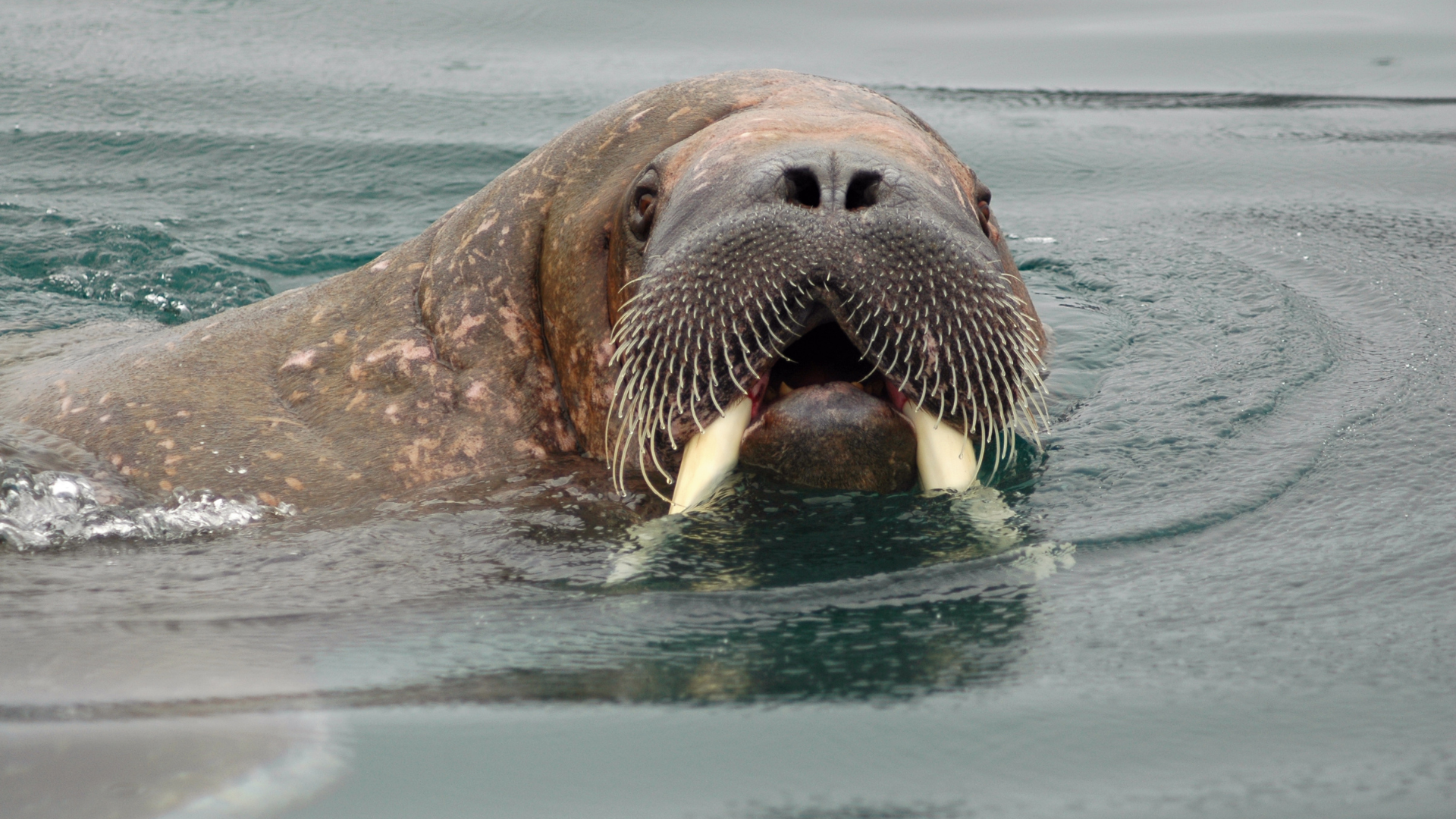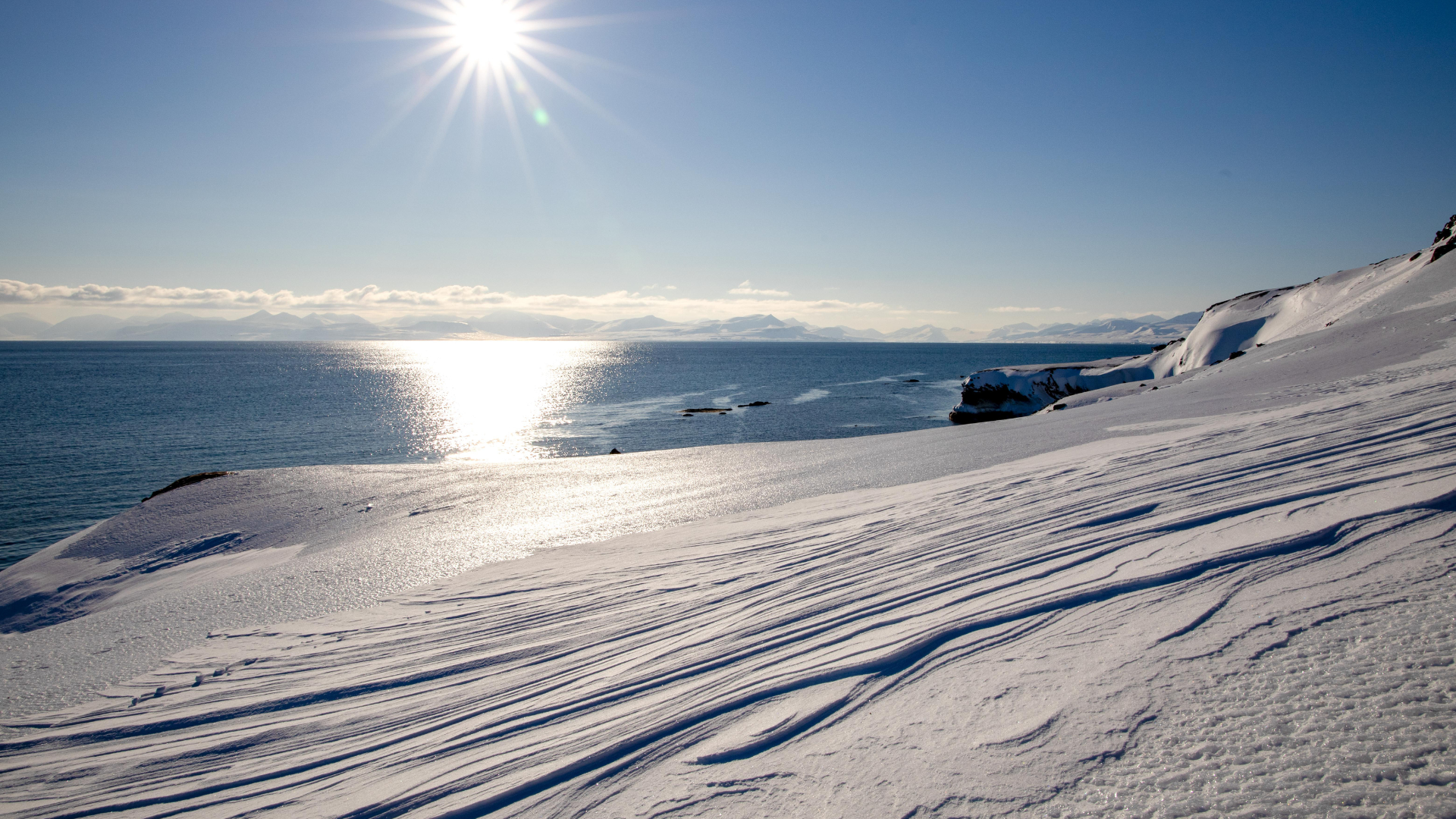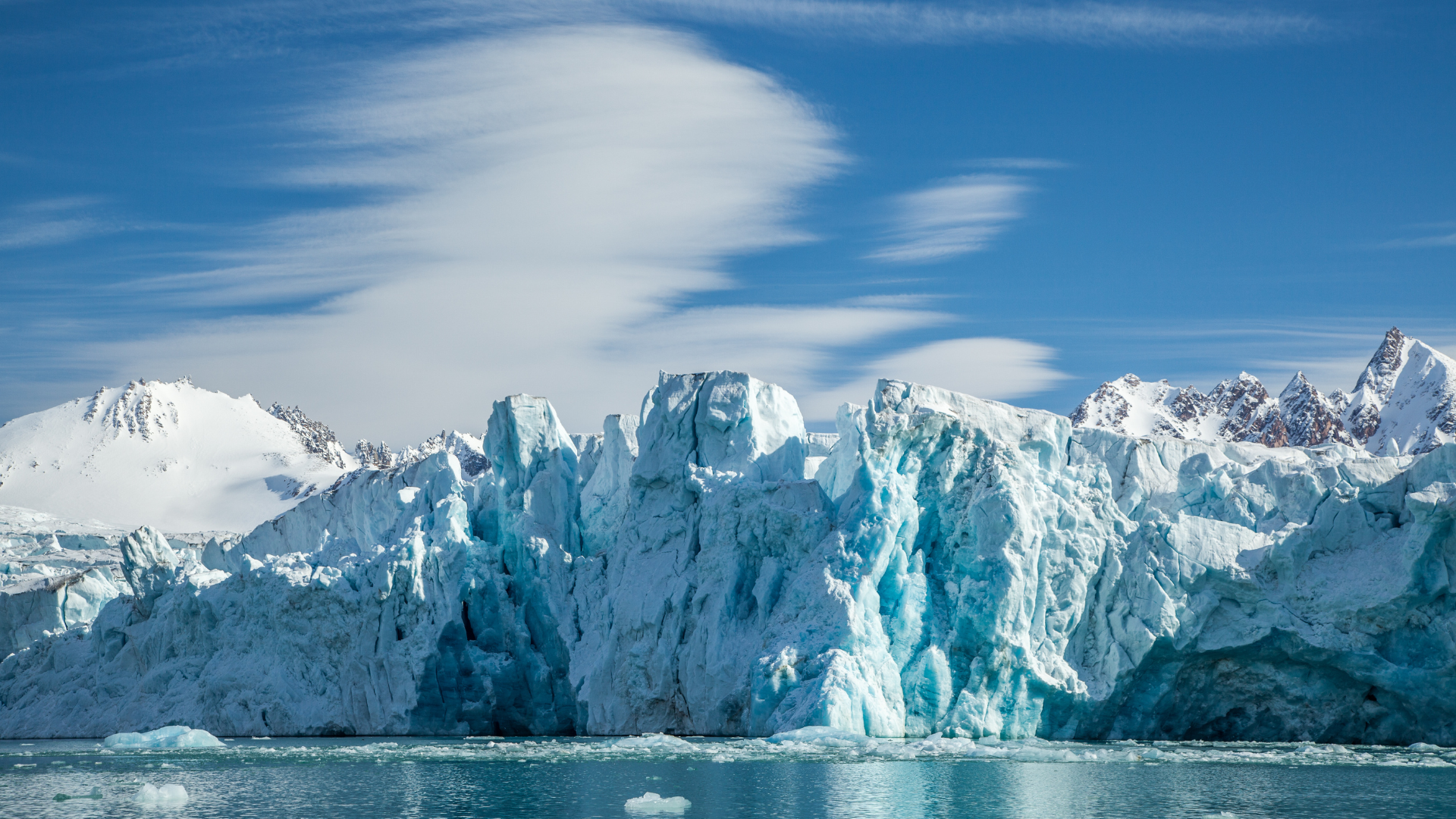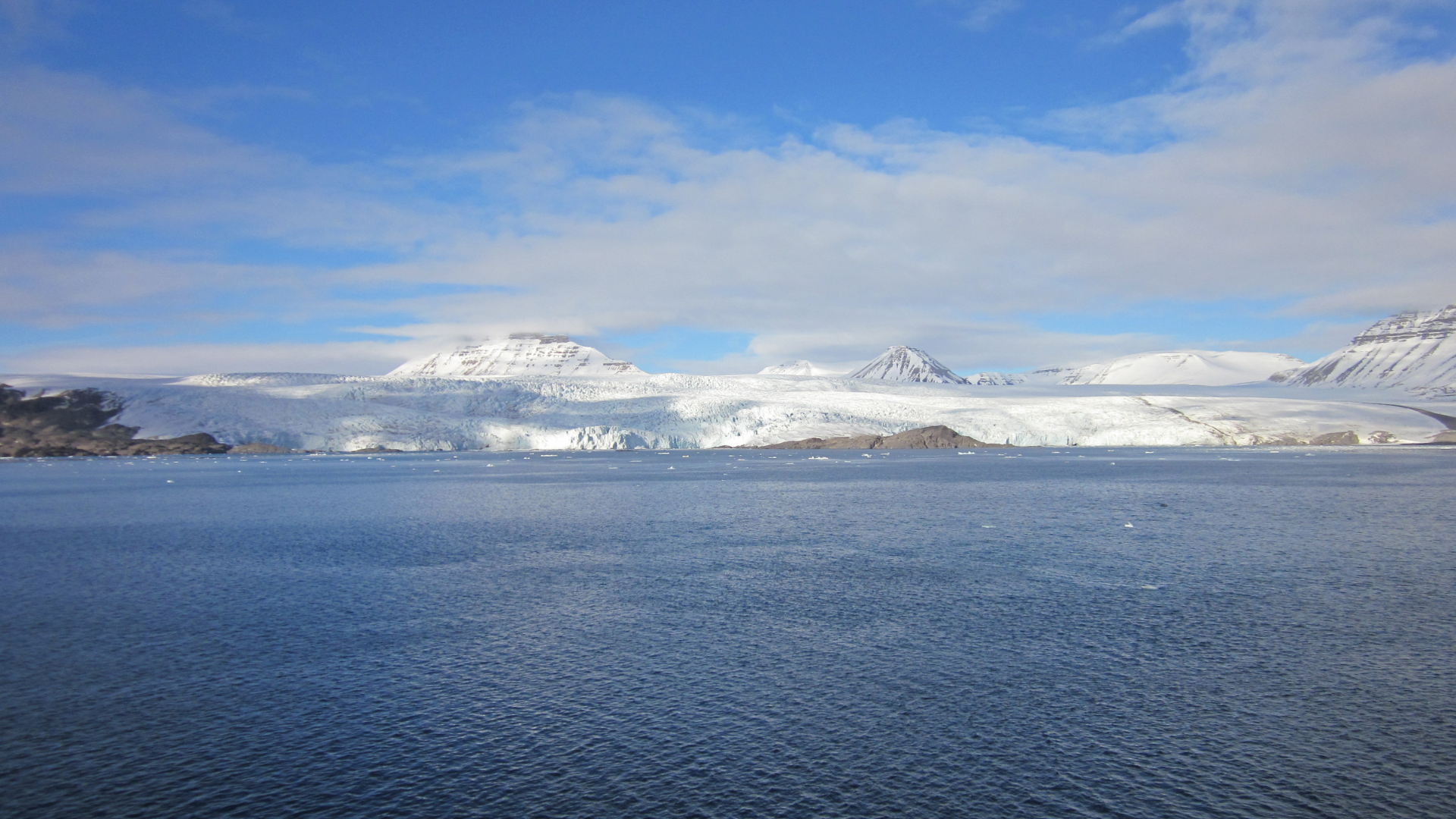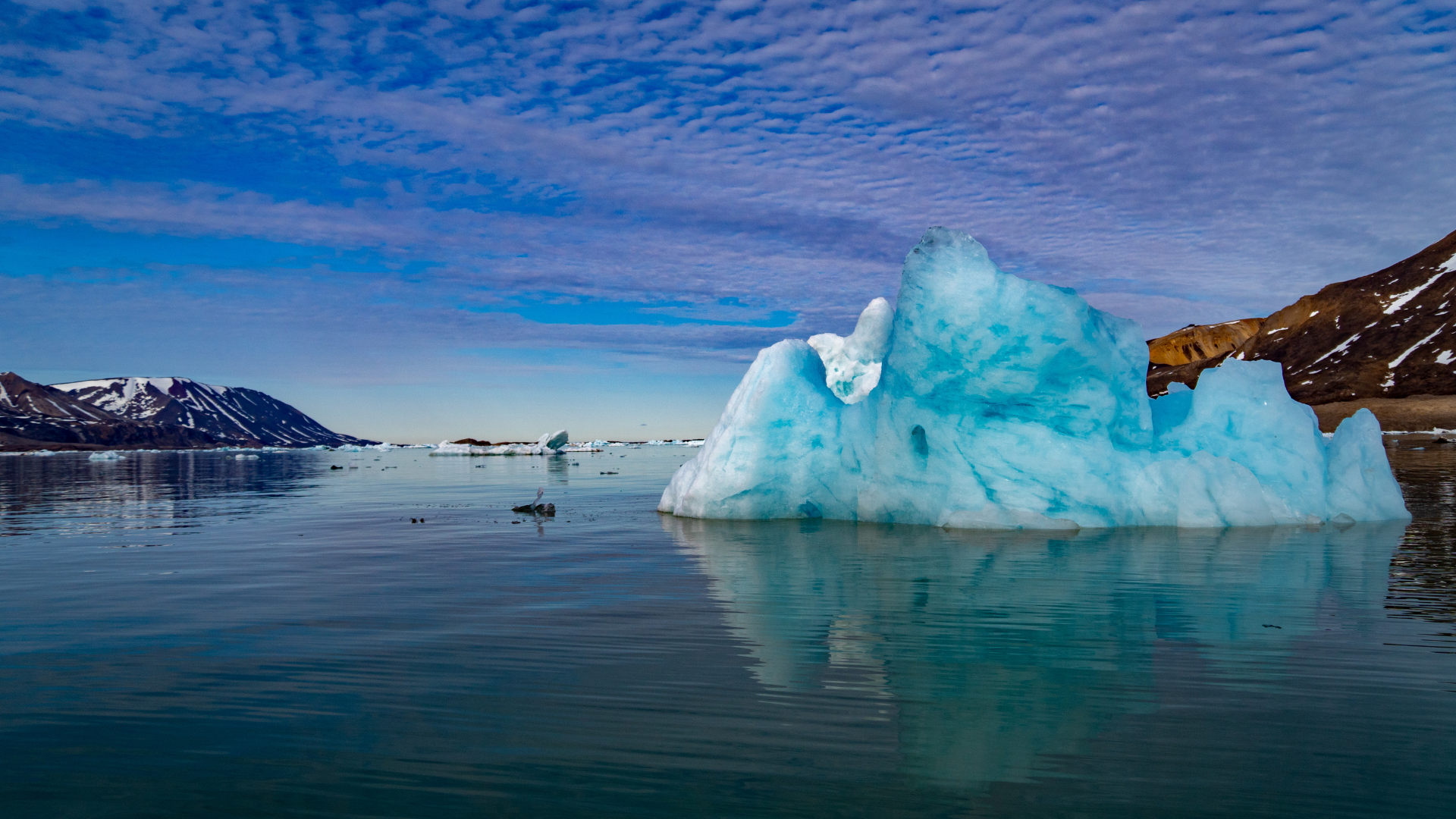It's Time To Explore Places That No One Has Been To
Svalbard: Most Prominent Wildlife in February
Svalbard: Most Prominent Wildlife in February
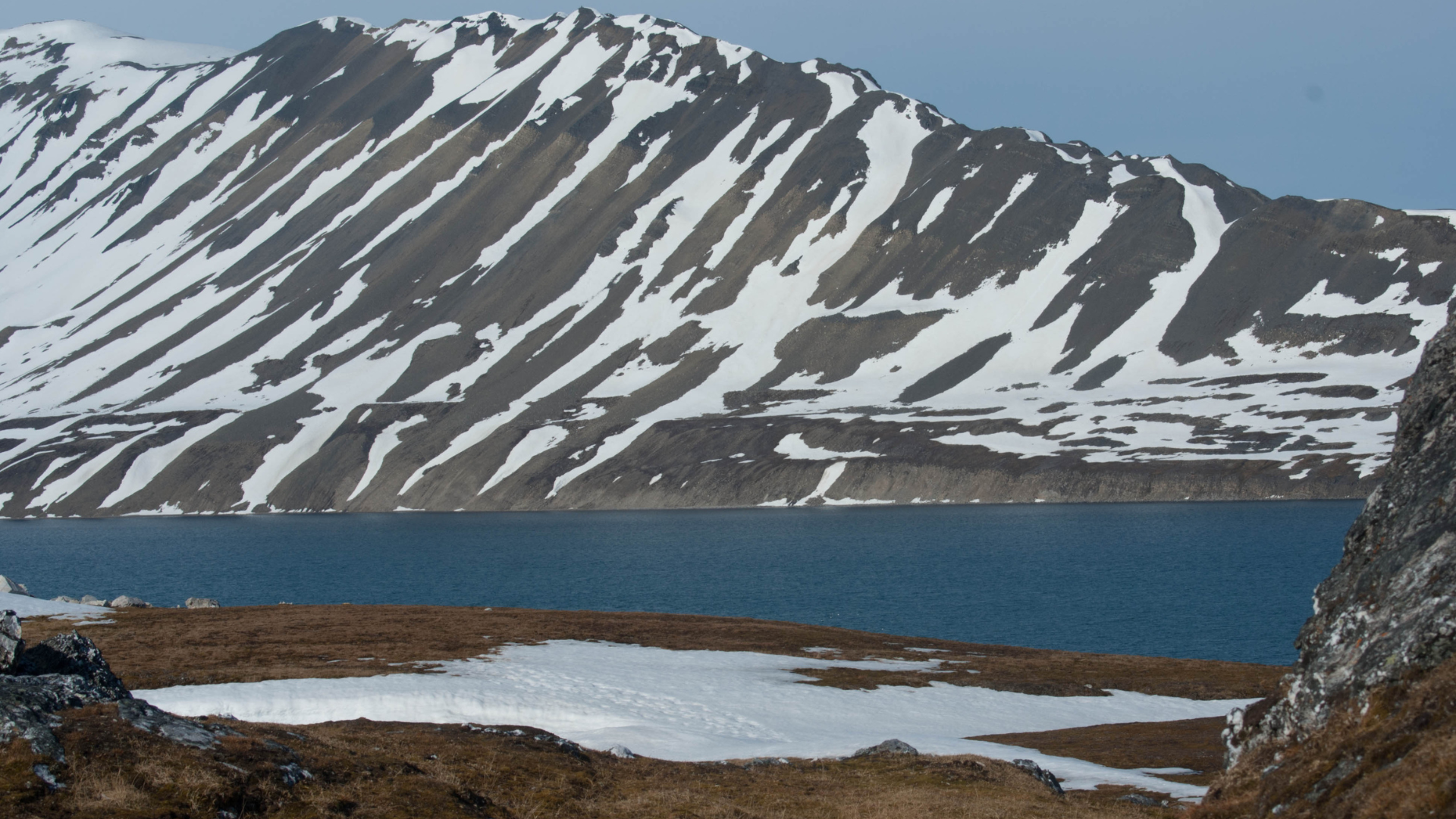
February in Svalbard marks the tail end of the polar night, with the first faint glimmers of twilight beginning to appear. While the sun has not yet fully returned, the light increases each day, revealing more of Svalbard’s rugged landscape and the wildlife that calls it home. Polar bears continue to be one of the most prominent species during February, with the frozen sea ice providing ample hunting grounds. These majestic predators are often seen patrolling the ice edges, searching for seals. February offers visitors the chance to witness polar bears against the backdrop of a slowly brightening Arctic sky, a truly unforgettable sight.
The Svalbard reindeer remains a common sight across the frozen tundra, continuing its quiet search for food beneath the snow. These small but sturdy animals have thick coats to protect them from the biting cold, and their ability to find sustenance in such a barren environment is remarkable. As the light begins to return, reindeer become more visible, their movements across the snowy plains adding life to the otherwise stark and frozen landscape. Observing these animals in their winter habitat is a reminder of the resilience required to survive in the Arctic.
Walruses, though less active in the extreme cold, can still be found along the shores and ice edges. These massive creatures gather in small groups, conserving energy as they await the warmer months. February sightings of walruses are less frequent, but for those fortunate enough to encounter them, the experience is memorable. Their sheer size and presence in the icy waters of Svalbard are a testament to their ability to endure the harshest of conditions.
The Arctic fox continues its tireless hunt for food throughout February. With its thick white coat blending seamlessly into the snow, the fox is perfectly adapted to the Arctic environment. These clever animals are constantly on the move, scavenging for food or following larger predators like polar bears, hoping for scraps. Their adaptability and resourcefulness make them one of the most fascinating species to observe in Svalbard during the winter months.
Birdlife remains sparse in February, with the Svalbard rock ptarmigan being one of the few species still present. This hardy bird, now fully white to blend into the snowy landscape, continues to forage in small groups. The increasing light makes it slightly easier to spot, and its ability to survive the long winter months is a testament to its resilience. While not as dramatic as some of Svalbard’s larger wildlife, the rock ptarmigan is an essential part of the ecosystem, contributing to the biodiversity of the region.
Seals, particularly ringed seals, remain a crucial part of the Arctic food chain in February. These seals spend much of their time beneath the ice, using breathing holes to surface for air. They are the primary prey for polar bears, and their presence ensures the continued survival of these apex predators. While sightings of seals are rare during the colder months, their role in the ecosystem is vital, and their silent presence beneath the ice adds to the mystery of Svalbard’s winter wildlife.
Lemmings and Arctic hares remain active beneath the snow, though they are difficult to spot during the winter months. These small mammals are crucial to the survival of predators like Arctic foxes and snowy owls, and their ability to continue functioning in the freezing temperatures highlights the interconnectedness of the Arctic ecosystem. For those who are patient and observant, the chance to spot one of these creatures adds a layer of complexity to the wildlife experience in Svalbard.
February in Svalbard is a time of transition, as the light slowly begins to return to the Arctic. The wildlife that inhabits this frozen landscape is a testament to nature’s ability to endure even the harshest conditions. From the powerful polar bear to the cunning Arctic fox, the animals of Svalbard continue to thrive in the face of adversity, offering visitors a rare glimpse into the resilience of life in the far north.
Want to travel to Svalbard?
It’s easy, just leave your details here and we will contact you
Sign up to our newsletter
We will get back to you as soon as possible
Please try again later
